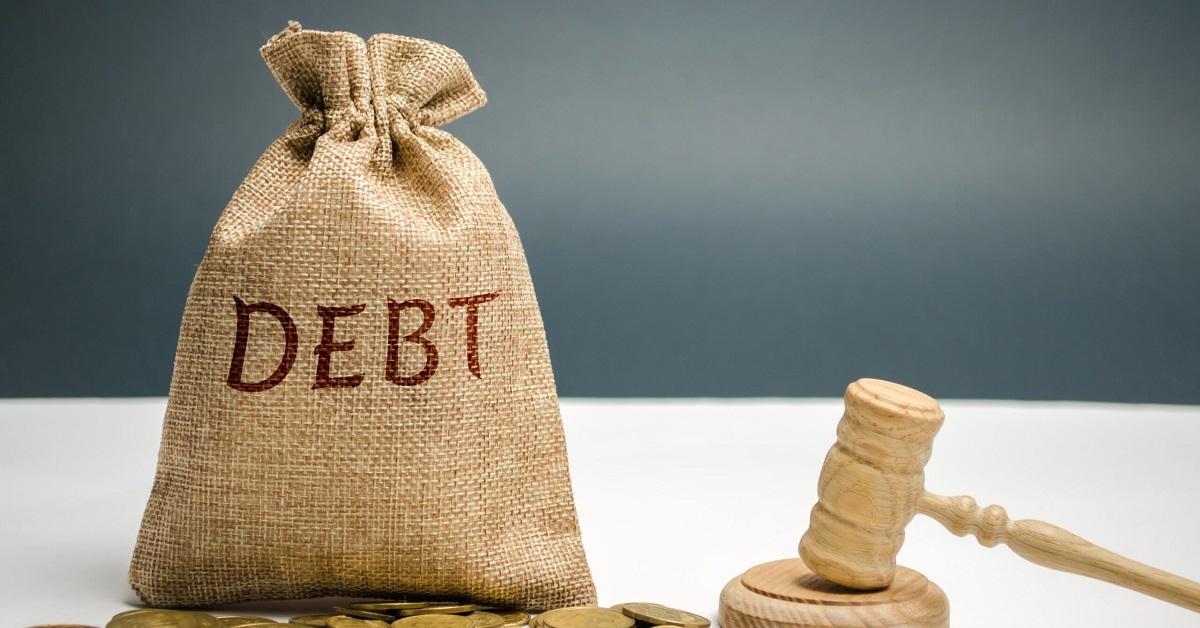Sierra Leone’s Ministry Of Finance has disclosed that by end of the 2021, multilateral creditors accounted for 79.0 percent (US$1,580.80 million) of the total stock of the country’s external debt.
As Awoko, the minister stated that the OPEC Fund for International Development (OFID) and Arab Bank for Economic Development in Africa (BADEA) accounted for 4.3 percent and 34 percent respectively followed by International Fund for Agricultural Development (IFAD) accounting for 3.1 percent respectively.
The share of stock of multilateral debt by the International Monetary Fund (IMF) has also increased to 34.3 per cent from 33.1 per cent end of 2020 and the World Bank accounted for the second largest share of 29.3 per cent at end 2021, increasing from 28.1 per cent at the end of 2020 which makes a very great start for a total development.
In lieu of this, the Africa Development Bank (AfDB) previously accounted for 10.5 percent, whereas IDB accounted 8.1 percent all by the end of 2021, while European Economic Community/ European Investment Bank (EIB) (EEC/EIB) have recorded a share of 4.9 percent respectively.
ECOWAS Bank for Investment and Development (EBID) accounted for 21 percent which was the least in 2021 and the out-view of Sierra Leone to each multilateral creditor can be drafted.
On the stock of external debt owed to bilateral creditors Initiative has increased to US$252.87 to million in 2021 from US$241.10 million in 2020, which directly shows an increase of 49 percent.
The Kuwait Fund accounted for the largest share of 24.7 percent which is followed by the Exim Bank of China having 25.1 percent.
Exim Bank of Korea accounted for 19.7 percent and Exim Bank of India accounted for 11.0 percent of the stock of bilateral debt end of 2021 whereas Saudi Fund accounted for 10.4 percent followed by the People’s Republic of China of 5.6 percent as well as Abu Dhabi which recorded the least share of 3.6 percent.
As it stands from records, the external commercial debt stock amounted to US$168.03 million at the end of 2021, which shows a big fall of 6.4 percent from US$179.43 million end of 2020.
The World Bank in January 2014 approved the grant of US$1.0 million from the Debt Reduction Facility for the services of financial and legal advisors to support the program as under the enhanced HIPC initiative commercial creditors were expected to provide debt relief under the World Bank Debt Buy-back Program.
The government has been gradually managing the stock while maintaining a policy of contracting zero new commercial debt as the stock of external commercial debt has been a combination of principal and interest related spanning to two to three decades now.
The expectation of the operation after its full implementation will enhance the external commercial debt to be providing additional fiscal space to fund poverty related programs.




 Post a comment
Post a comment









